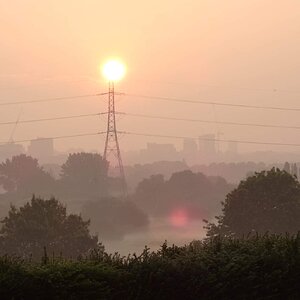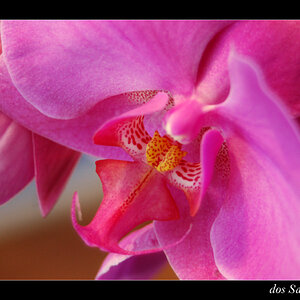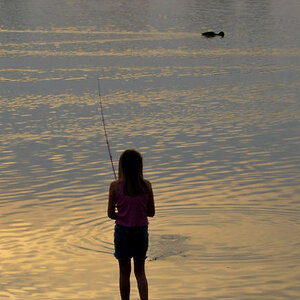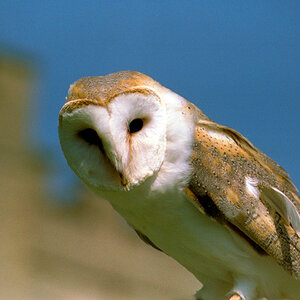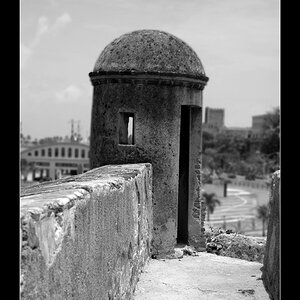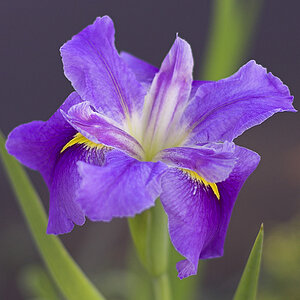keethjon
TPF Noob!
- Joined
- Oct 12, 2010
- Messages
- 64
- Reaction score
- 0
- Location
- boston
- Website
- easybasicphotography.com
- Can others edit my Photos
- Photos OK to edit
I have been reading that using your cameras black and white mode is not good. I was wondering if you all could clarify some things for me.
1. If you take the picture in color there is more digital information available for editing the black and white image once it is converted. Is that true?
2. I also read that even when you use the camera black and white mode, all the color information is still stored in the camera. If that is the case, why bother shooting in color instead of black and white.
3. If someone is not interested in doing a lot of post processing and tries to get it right the first time, why is it so bad to use the black and white mode?
Thanks in advance for your feedback
Keith
1. If you take the picture in color there is more digital information available for editing the black and white image once it is converted. Is that true?
2. I also read that even when you use the camera black and white mode, all the color information is still stored in the camera. If that is the case, why bother shooting in color instead of black and white.
3. If someone is not interested in doing a lot of post processing and tries to get it right the first time, why is it so bad to use the black and white mode?
Thanks in advance for your feedback
Keith




![[No title]](/data/xfmg/thumbnail/35/35223-d0fc07fee19dabe0456b4eeae54536fb.jpg?1619736957)

